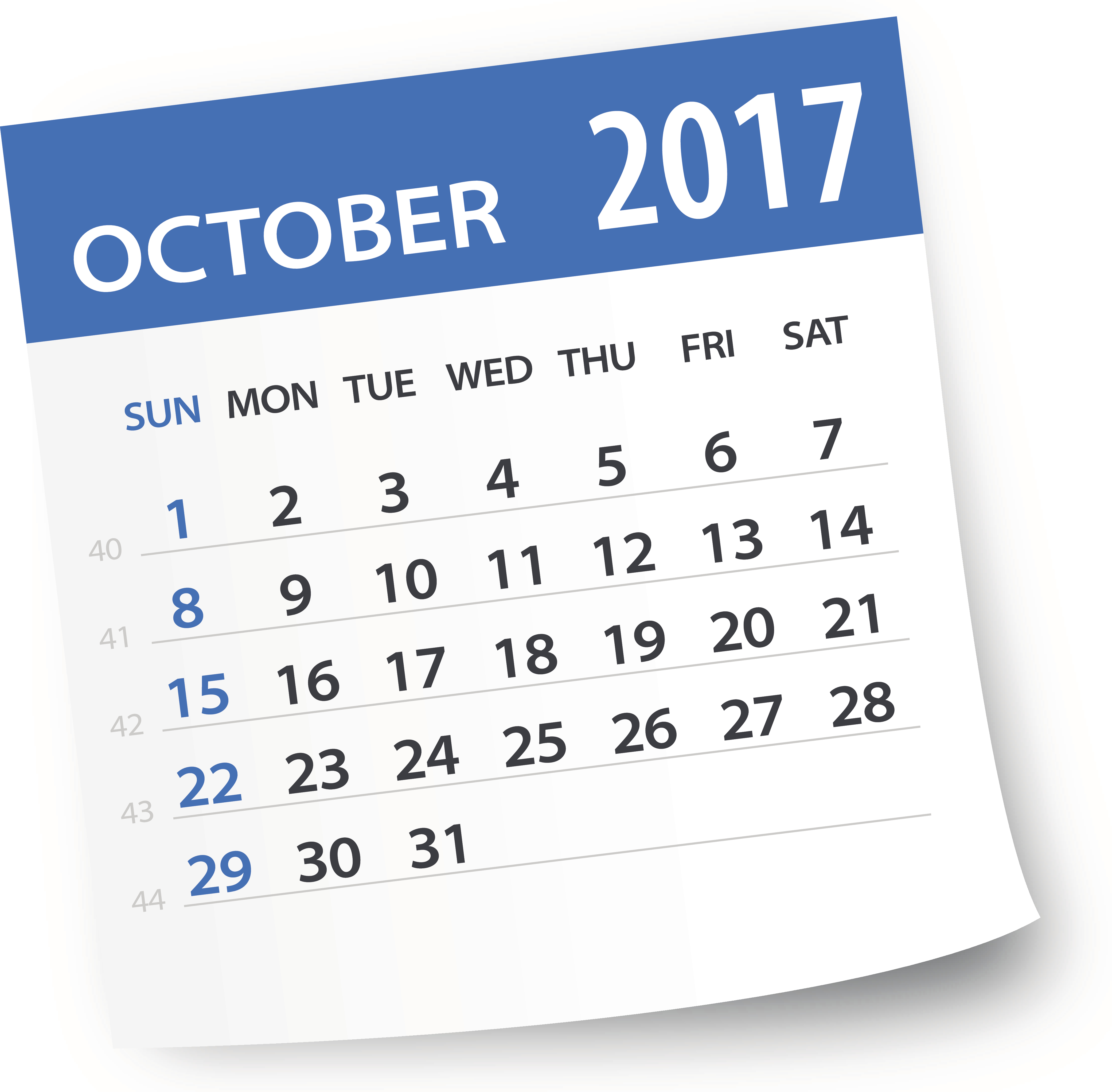With summer coming to a close and schools starting to resume, I become reminiscent of the time when my son was younger. I hear parents talking about being anxious for school to start so their kids will be back on a schedule and out of their hair. I was never one of those parents. Maybe that is because I was a teacher and spent so many days out of the year immersed in a strict routine and consistent schedule. Freewheeling through the summer, making plans as each day dictated – depending on the weather and our whims, tasted of pure freedom. But it is valuable for children to have a routine. It is good for them to know what to expect so they spend less time wondering what is about to happen, or feel less anxiety trying to figure out what to do next.
However, it is not just children who do well with a schedule. Essentially, all of us function more fully with a routine or schedule. A routine provides structure and familiarity; organization and direction; and order and dependability. A routine also increases efficiency, makes tasks more of a habit, and saves time by eliminating the need to consider what to do next. With a routine we master tasks by becoming better and quicker. And as we accomplish things, we move closer and closer to our goals.
For individuals with cognitive impairments, a routine may be crucial to enabling the completion of essential functions of their jobs. Difficulties with memory, concentration, organization, multi-tasking, and time management make routines and schedules not only helpful, but necessary.
Here are a few tips for setting up a routine at work:
- Recruit the help of a mentor or supervisor.
- Keep a strict morning schedule, which can alleviate rushing around and being tardy for work.
- Be aware of time-sensitive tasks. Make sure you know when tasks that have to be done at a certain time are due, then you can plug other tasks in around those.
- Factor in how long the tasks should take. Pace yourself.
- Cluster tasks that are similar, so you can complete them while you are in the “zone.”
- Assess your day as to when you have the most mental energy and stamina to do the more difficult tasks.
- Use a checklist. Who doesn’t? Various checklists with different functions can help you work much more effectively. A checklist of tasks to be done, or one that involves steps in a procedure, are just two examples. A list of what needs to be done tomorrow, made before you leave work today, can help limit the time you will spend in the morning trying to remember.
- Make use of calendars and planners, whether paper or electronic.
- Plan regular meetings with a mentor or supervisor to set goals and help stay on task.
- Schedule five to ten minutes daily at the end of your shift to clean up your desk/work area. This can alleviate the need to spend more massive amounts of time later for a thorough clean-up. We all work more efficiently without the distractions of clutter.
- Incorporate an evening routine at home to save you time in the mornings.
Below are accommodation examples of how routines and schedules can help employees be more successful in the workplace. (All the names are pseudonyms, but the examples are from actual JAN inquiries.)
Situation:
Liam, who has an intellectual disability, works as a mail clerk. He belonged to several coffee clubs in his workplace, so as he collected mail first thing in the morning, he would have a cup of coffee with each department of the building. He would get involved in conversations and forget what he was doing. By the time he was finished with the first round of mail, it was lunch time. The same thing was occurring during his afternoon mail run.
Solution:
Liam’s employer decided to accompany and time him as he picked up the mail with no coffee stops so they would have an idea how long to allow for each mail run. His supervisor set up a schedule, gave Liam a timer, and showed him how to pace himself. The schedule indicated where he should be at certain intervals on his route. By better management of his time, Liam was able to get several more daily tasks completed instead of just the two mail collections. Liam was also provided with a rotating coffee club schedule, allowing him one coffee break with one club each morning and each afternoon.
Situation:
Ronisha was tardy more mornings at work than she was on time. After a serious discussion with her manager, Ronisha disclosed she has ADHD and finds it nearly impossible to get herself out the door. She requested a flexible schedule stating the maintenance man could fill in for her when she was late. Her employer denied the request because Ronisha was the employee scheduled to open the museum gift shop, while the maintenance man had his own duties.
Solution:
Ronisha’s employer referred her to JAN, where a consultant helped her set up a home routine that would enable her to get to work on time. Because employers can have time and attendance standards for all employees, and because getting to work on time is the responsibility of the employee, Ronisha knew she had to make some changes to her morning routine. Here are some of the suggestions that worked for her:
- Have a routine of putting and keeping things in their place (keys, phone, and glasses).
- Prepare for the next day’s work the night before.
- Create a checklist for yourself and others.
- Place sticky notes on the door, dashboard, or wherever you will see them.
- Turn off distractions – including cell phones and televisions.
- Set a timer or a programmable watch to pace yourself.
Maintaining a routine as an accommodation can be most helpful for individuals who face difficulties in the following areas:
Organizing/Planning/Prioritizing
If the thoughts of a morning, daily, and evening routine are overwhelming to you right now, consider starting small and expanding. A routine for even part of your day can be highly beneficial. Once the benefits are recognized, the motivation to continue will come naturally. Happy scheduling!










